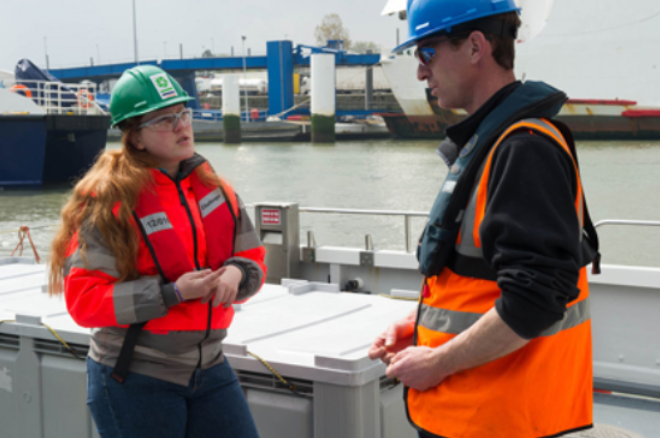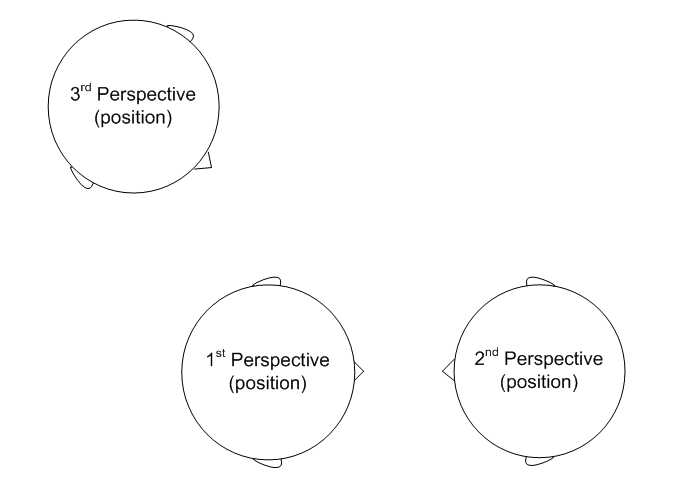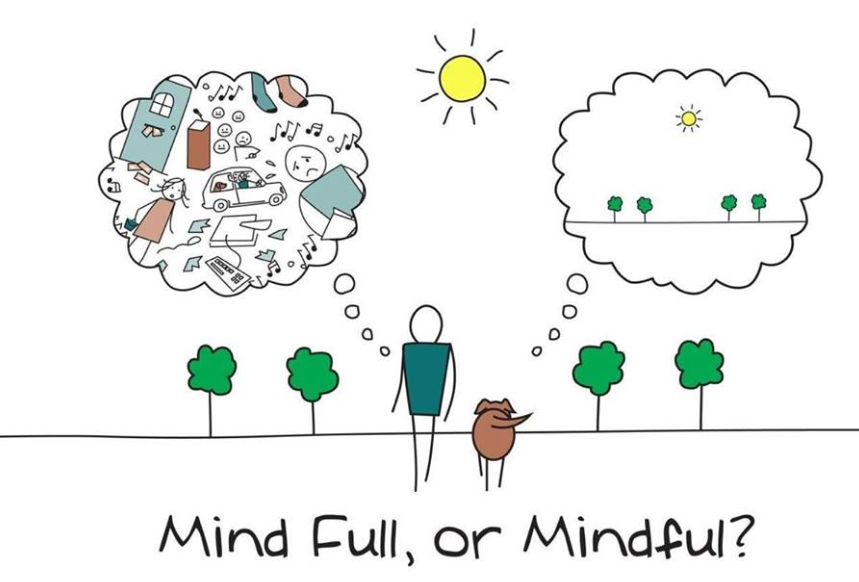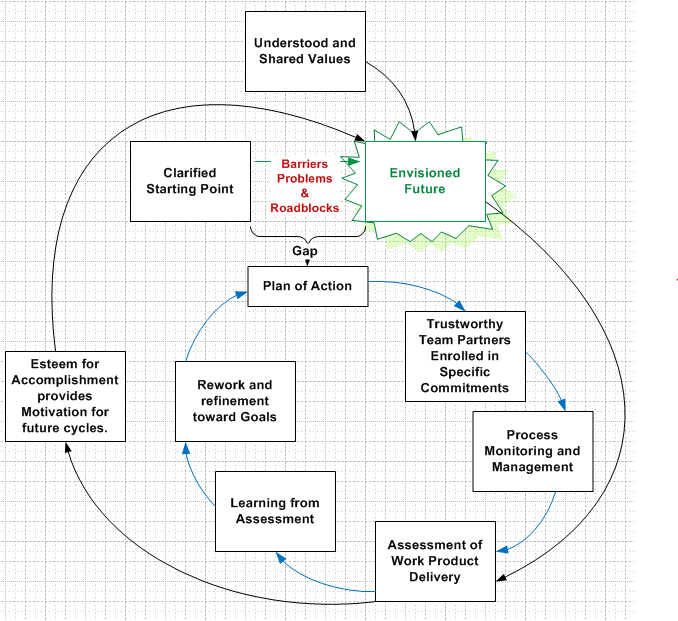If the people around you are not as good as you, it might keep your ego from being hurt, but it is costing you money and holding you back.

The better your peers are the better you will become.
It has been said that first rate managers hire people who are better than them and that second rate managers hire third rate staff because their egos can’t take the challenge of subordinates showing them up all the time. Well new research from the University College London has discovered that if you work with people who are better than you it causes you to do better and even get more raises.
These improvements come from both the increased competition you feel with your coworkers and from the added advantage you get from being able to learn from the people around you who are even better than you are.
So if your bored by your work and by your co-workers, it may be time to find a better place to work that challenges you more. Cushy jobs are rarely rewarding and in the end they don’t pay as well either.
- Thomas Cornelissen, Christian Dustmann, Uta Schönberg. Peer Effects in the Workplace. American Economic Review, January 2017











